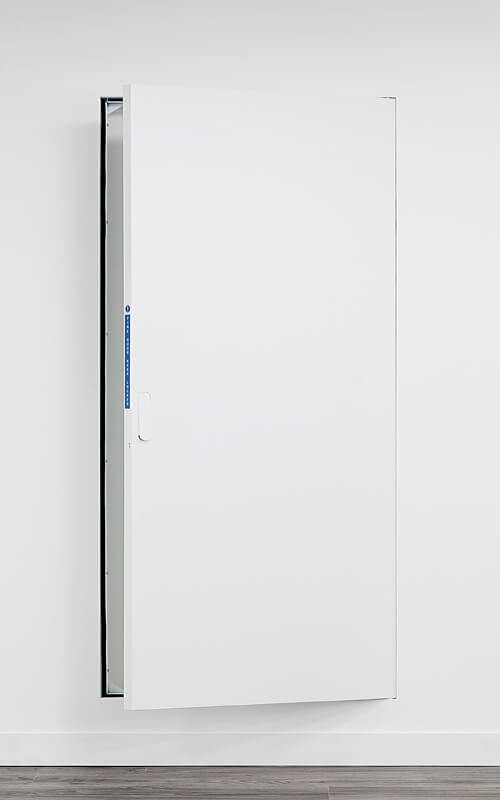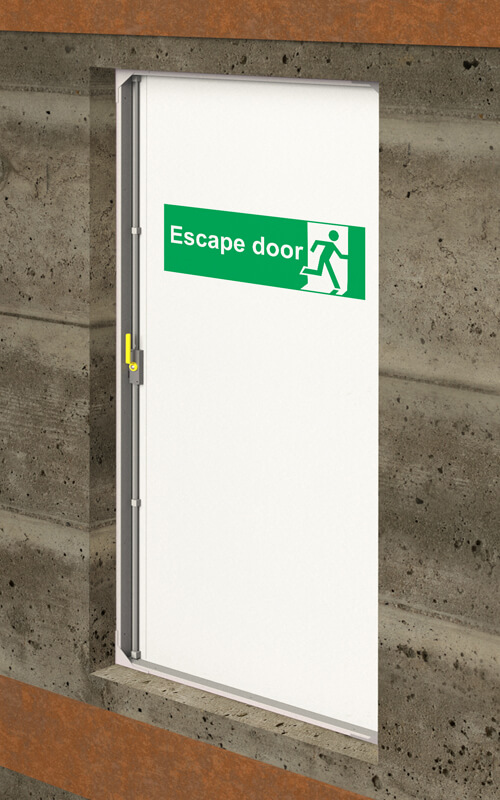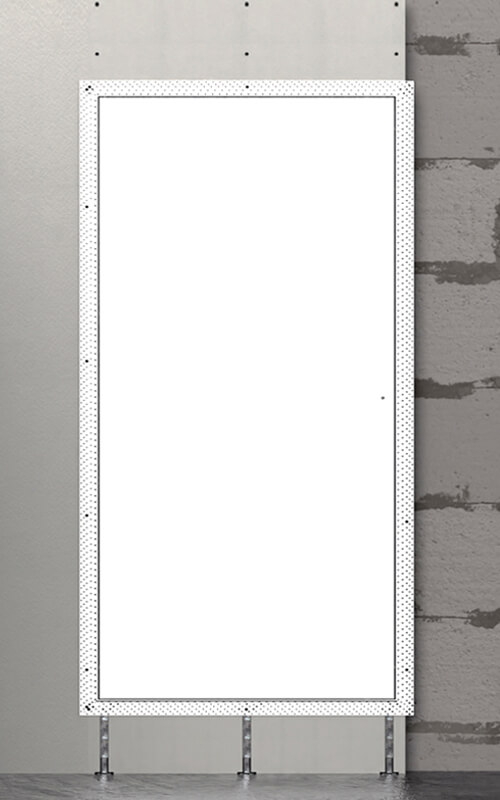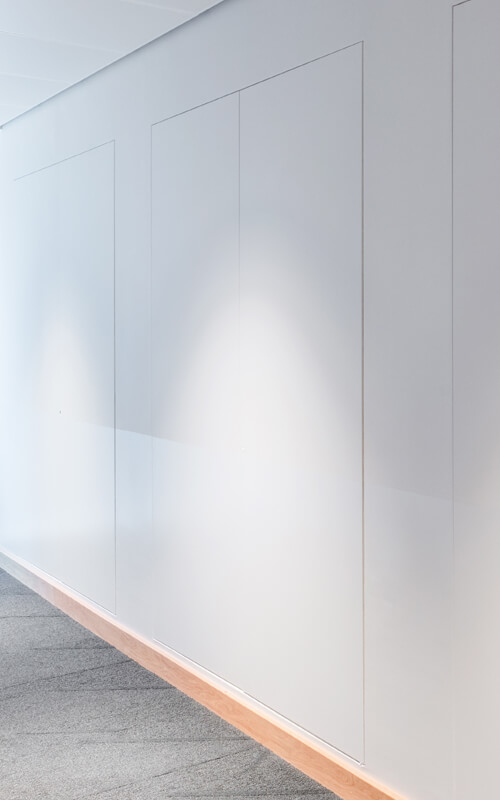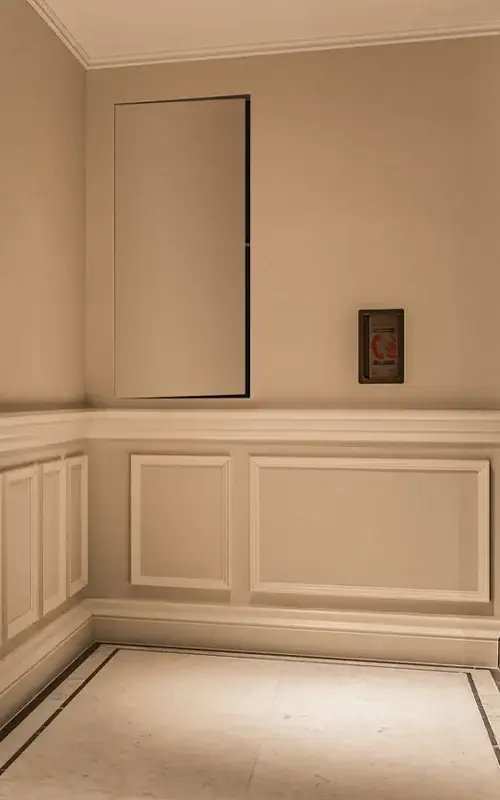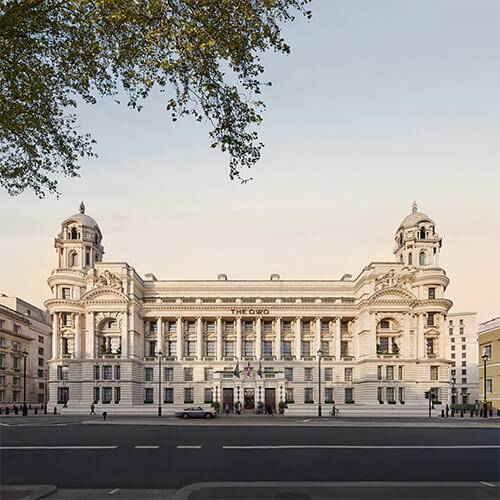
All Posts |
The architecture of our towns and cities are often hidden marvels of technical and engineering achievement, arrived at by decades, centuries and millennia of architectural innovation. Many of these innovations may seem humble to us today, but in their time they were revolutionary and allowed architects to dream the designs, and build the buildings, that would change the face of architecture forever. Here we take a look at three key innovations in our latest blog.
Concrete
One of the greatest and enduring innovations in architecture was the invention of concrete. Many of the most famous buildings from the ancient world, such as the Colosseum and the Pantheon, were built using concrete, and the durability of the material has seen them stand the test of time, while other buildings built centuries later fell to rubble or were dismantled.
The Romans did not invent concrete, but they did pioneer it, using it throughout the Roman Empire in bridges, temples and aqueducts. The Roman concrete recipe, which utilised slaked lime and a volcanic ash, differs significantly from the modern, stronger equivalent. Nevertheless, Roman concrete was more flexible and more durable than any other building material at the time, allowing the Romans to create the buildings which still marvel and inspire us to this day.
As any stroll through the average British town or city will tell you, the use of concrete in architecture was not limited to the Roman world. The invention of concrete reinforced with twisted steel bars (reinforced concrete) heralded a new era in architecture when it was perfected by English engineer Ernest Ransome in 1884. This innovation which made concrete at once more flexible and more stable, allowed architects to create buildings on a scale not thought possible, paving the way for the brave new world of the skyscraper.
The Safety Elevator
While reinforced concrete paved the way for the construction of the super tall buildings we know as skyscrapers, it was another innovation we take for granted today, which ultimately helped to make them a reality.
First devised and exhibited in 1853 in New York by Elisha Otis, the safety elevator revolutionised the concept of the lift. Lifts had existed since Roman times, operated by manually using ropes, but these were unsafe and unreliable. Elisha Otis’s ‘safety hoist’ design still utilised ropes, but also came equipped with an automatic safety device to prevent it from falling if the ropes failed. Otis demonstrated his breakthrough with great theatrical effect in 1853, when he dropped himself safely from a great height to the amazement of his audience. This clever PR stunt helped to bring attention to Otis and his invention and, ultimately, enabled architects to design buildings which continue to rise to greater and greater heights.
CAAD
Without a doubt, one of the most important innovations in architecture is CAD (computer aided design), or more specifically, CAAD (computer aided architectural design).
CAAD software has not only revolutionised the way buildings are designed and built, but has redefined the limits of the possible within architecture. The traditional pen and paper drafting and design methods have largely been replaced by computer software, allowing architects to design buildings on a grand scale, and to simulate and explore their creations virtually.
Tom Maver, a research professor at the Mackintosh School of Architecture at the Glasgow School of Art, said of CAD created buildings, such as the Gherkin, Burj Khalifa and the Sydney Opera House, that “these aren’t just buildings that were improved using digital tools, they would not have been built. (CAD) has provided solutions to problems that have faced some of the world’s most ambitious buildings.”
One of the most famous and pioneering CAD buildings is Frank Gehry’s Bilbao Guggenheim. Gehry, who has referred to himself as computer illiterate, developed a concept for the Bilbao Guggenheim based on the fluid structure of fish, and entrusted the more tech savvy architects in his office to bring his design to life using CAD. The result was a spectacular and utterly original building, which shocked, appalled and delighted architects and the general public when it was unveiled in 1997.
At Selo, our team is passionate about innovation and architecture and understand how these important technological developments have shaped, and continue to shape our skylines today. Our approach to your project requirements will always be one of innovation and simplicity to ensure you achieve your vision.


